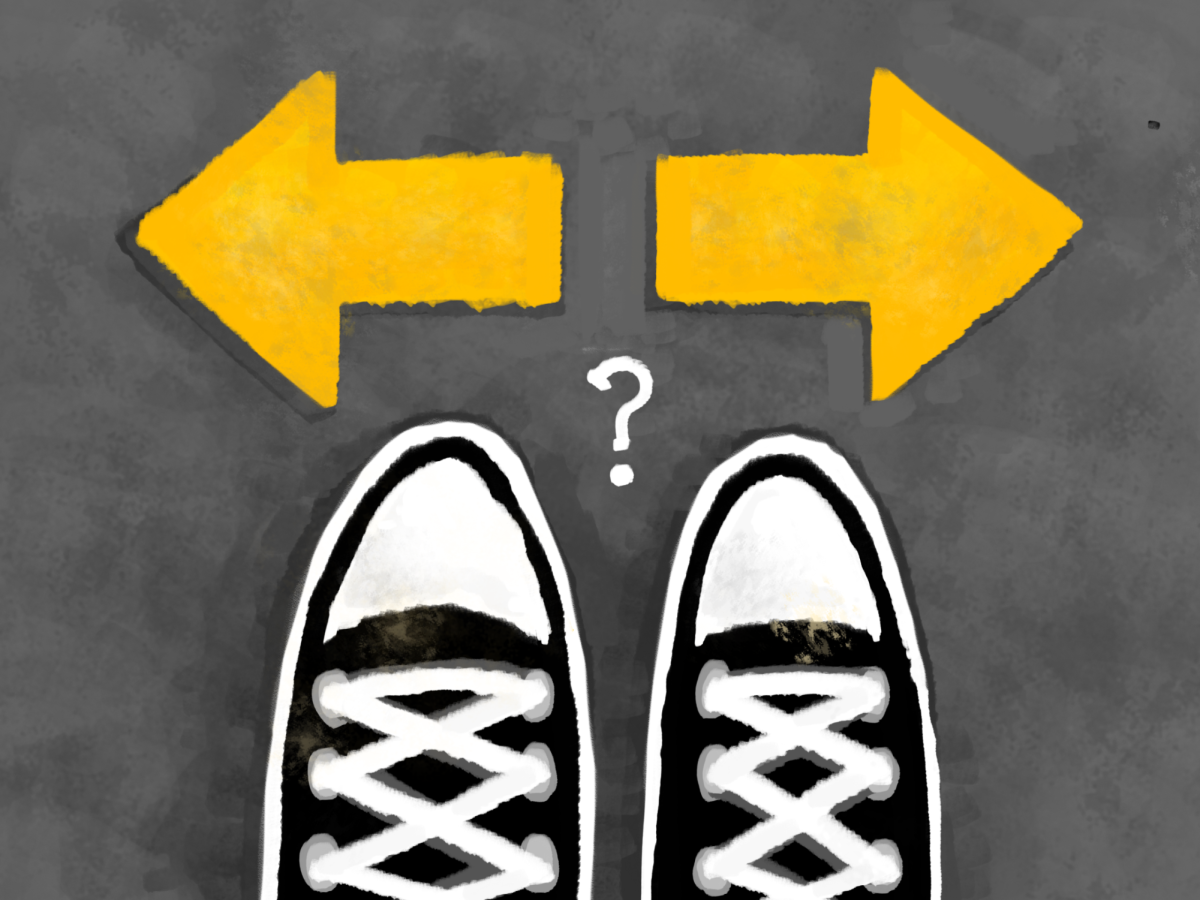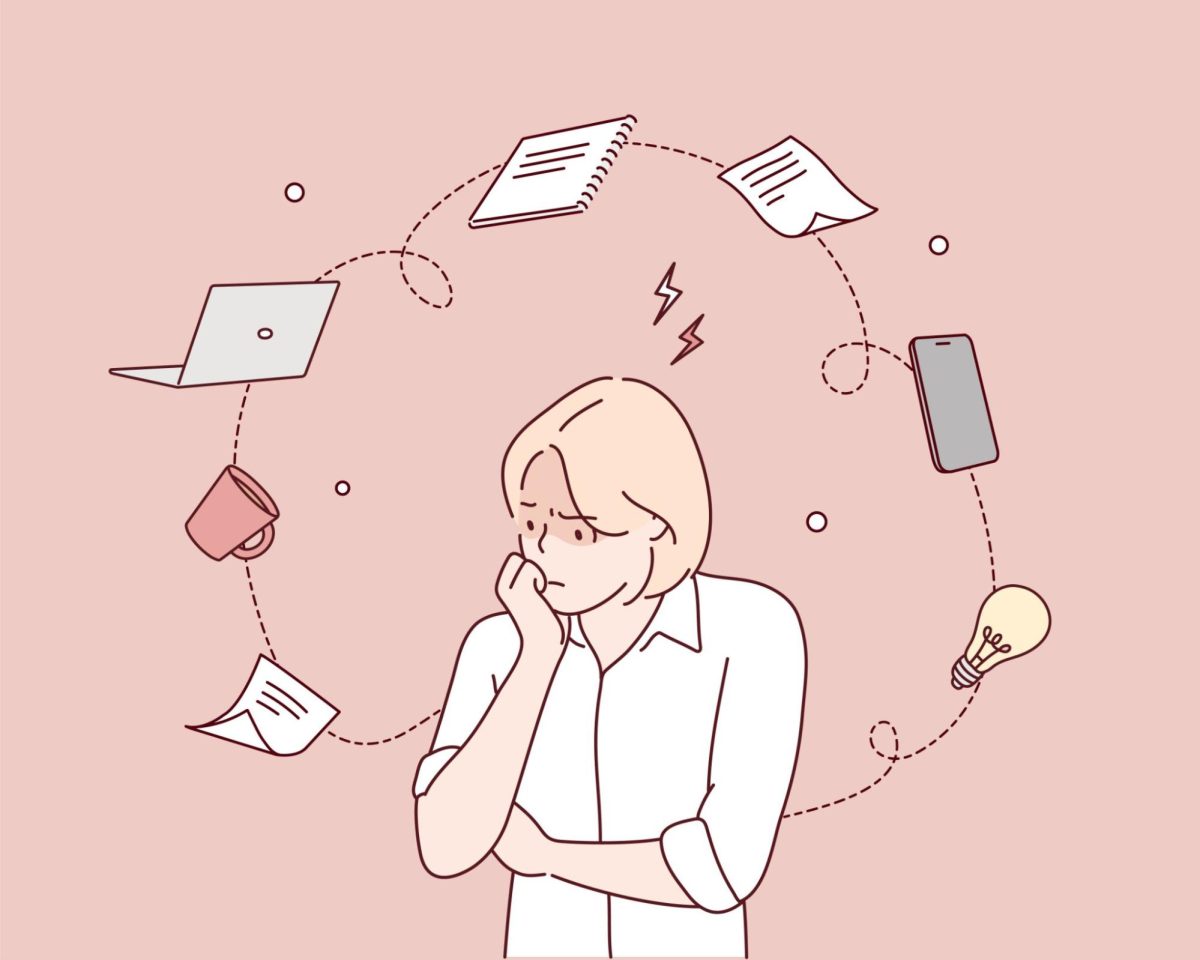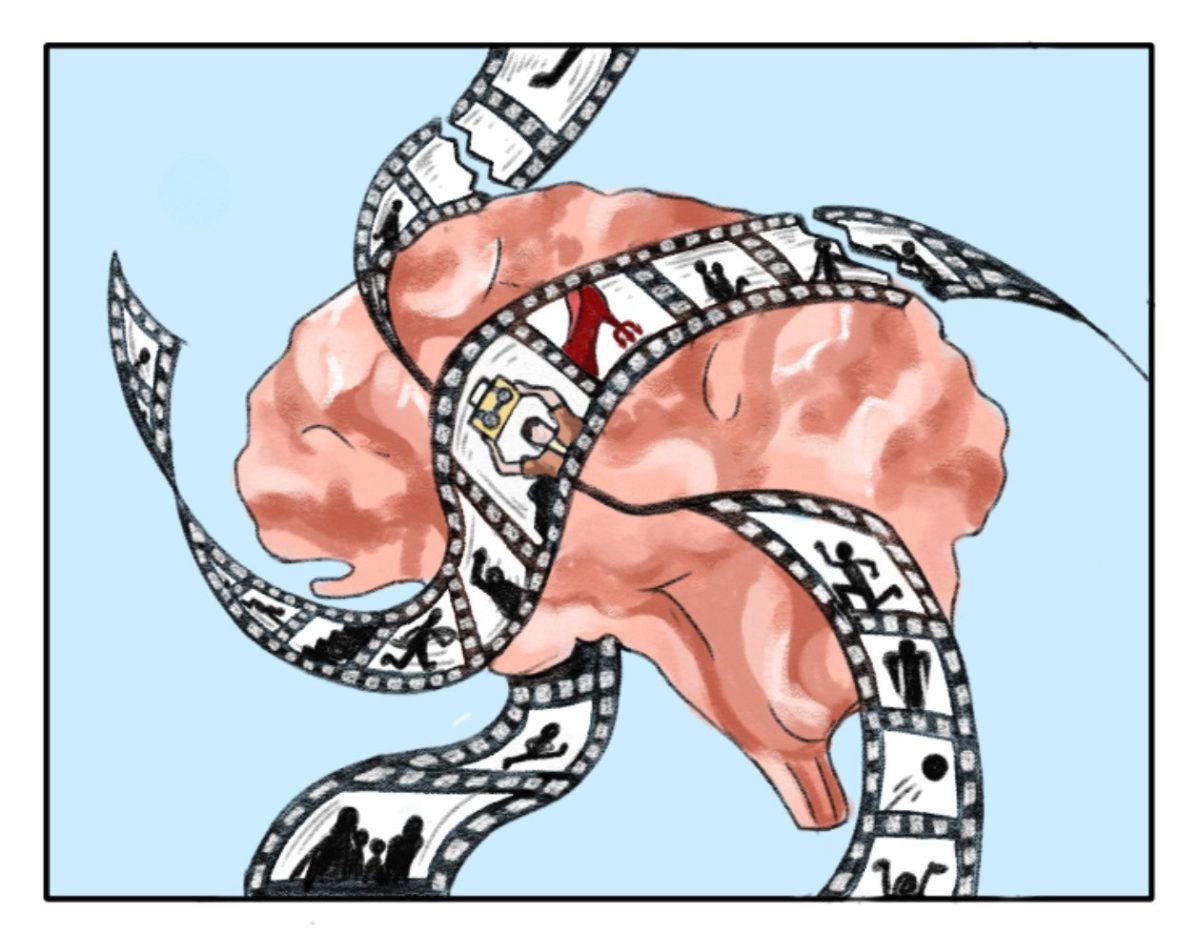
Meghan Punjabi and Lauren Shum
When the harsh winds subsided and the skies cleared up, 90% of Long Island was in the dark. For days or even weeks, people had no heat, no electricity, and no Internet. Needless to say, people panicked.
In today’s society, we don’t just enjoy modern conveniences—we depend on them. When Hurricane Sandy wiped them out, businesses stopped, schools closed, and transportation halted. Cities went on lockdown and Wall Street closed. Subways flooded, traffic signals down—the Northeast was in a state of emergency.
Without lights and luxuries, many felt that living in their homes was too impossible a feat. People stayed with relatives in order to resume living quasi-comfortably. However, picking up and moving a person’s entire life wasn’t simple or easy. In fact, for some people, it was harder than living without power at home.
At first, school cancellation was an appreciated consequence of the otherwise overwhelming natural disaster. But soon, day after day, no school meant no work. No work meant nothing to do. And, once people slept enough for a month, the lack of productivity seemed to engender greater chaos and confusion, at least for many students. It even brought people to brink of wishing—dare we say—that school reopen.
Life without Internet and electricity reached new levels of desperation when students looked towards school as a desirable mechanism for restoring normalcy and sanity to our lives.
The loss of access to our favorite crutches—phones, computers, microwaves, televisions, fridges, cars, ovens, video games—was a real wake up call. Imagine what we would do if we didn’t have these devices at our fingertips for months or years.
With what little battery power they had left, smart phones were our only hope. People hit Facebook and Twitter and sat waiting for their power to come back. College applications fell into limbo because of downed servers. Schoolwork was not nearly distracting enough from the excessive boredom of waiting. Life became very different, and the world without Google access was not a world people felt comfortable in.
Without the Internet, our lives began moving in slow motion, and people were at a loss for what to do when disconnected from the rest of society. It’s incredible to think that just a few decades ago, there WAS no Internet…and now people can’t seem to live without it. The mere threat of a few days without technology sent people in a frenzy; it seemed as if the world had stopped.
Our generation’s attachment to technology is one of the most unhealthy dependant relationships that people could have with material things. It’s scary how we all ran to plug in our gadgets and juice up power for our technology the moment we found a place that had power. It seemed as though we had regressed to what we imagine life would have been like during the Dark Ages, even though we didn’t even come close.
Perhaps equally incredible is the fact that there are places in the world that have never experienced the luxuries we now can’t live without. There are people who live in worse conditions every day than the conditions that some faced here during the storm. Some places don’t have the infrastructure to support electrical wiring or running water. And yes, some people don’t have Internet. It’s scary, but it’s true. And we should be aware and appreciative of the fact that we do.
While many may have taken such technological advancements for granted, it is also incredibly humbling to know we are blessed to have these things. Perhaps, although our worlds revolve completely around an ample supply of electricity, we can take a moment to realize that these objects do not define us. Life without smartphones and television is not fun, but perhaps a slight detachment from these handheld computers or advanced sources of entertainment is exactly what the doctor—or hurricane—prescribed.
Categories:
Sandy Takes Us All By Storm: Examining the Unplugged Life of a Twenty-First Century Teenager
December 13, 2012
0
Tags:
More to Discover













